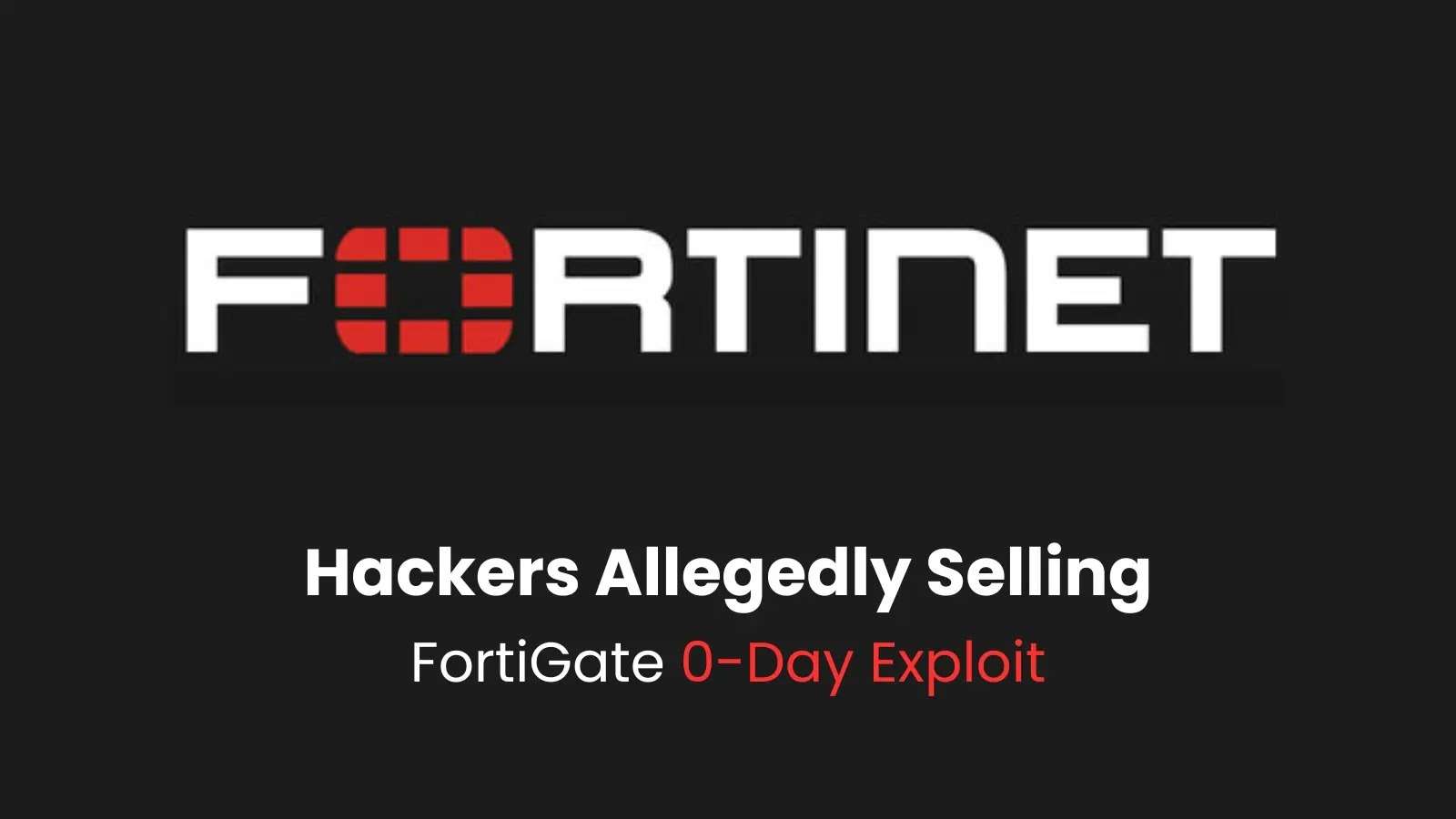Introduction: A Race Against Time
If you’re using Fortinet’s security or communication products, you need to pay attention—right now. A newly disclosed zero-day vulnerability (CVE-2025-32756) is already being weaponized by attackers, and a proof-of-concept (PoC) exploit has just gone public. This flaw, rated a staggering 9.6 out of 10 in severity, allows hackers to take full control of affected devices without needing a password.
Fortinet, a major player in enterprise cybersecurity, has confirmed active in-the-wild attacks, with threat actors targeting businesses, government agencies, and critical infrastructure. The U.S. Cybersecurity and Infrastructure Security Agency (CISA) has already added it to its Known Exploited Vulnerabilities (KEV) catalog, mandating federal agencies to patch by June 4, 2025.
But here’s the problem: attackers aren’t waiting. With the PoC now circulating, more cybercriminals will likely jump in. So, what’s happening, which products are at risk, and most importantly how do you protect yourself? Let’s break it down.
What’s the Vulnerability? (CVE-2025-32756 Explained)
At its core, this is a stack-based buffer overflow flaw in Fortinet’s administrative API. Translation? A hacker can send a specially crafted HTTP request that overwhelms a system’s memory, allowing them to execute malicious code remotely.
Technical Breakdown
Researchers at Horizon3 Attack Team dug deep into the issue and found the bug in the cookieval_unwrap() function inside Fortinet’s libhttputil.so library. Essentially:
-
The system fails to properly check the size of APSCOOKIE values (used for authentication).
-
Attackers can overflow a 16-byte buffer, overwriting critical memory addresses.
-
This lets them hijack the system’s execution flow, running their own malicious commands.
In simpler terms: If your device is exposed to the internet, an attacker can take it over without logging in.
Affected Products: Is Your Fortinet Device Vulnerable?
Fortinet has confirmed that five major product lines are impacted, including:
-
FortiVoice (Unified Communications)
-
FortiMail (Email Security)
-
FortiNDR (Network Detection & Response)
-
FortiRecorder (Video Surveillance)
-
FortiCamera (Security Cameras)
Vulnerable Versions & Patches
| Product | Fixed Versions |
|---|---|
| FortiVoice | 7.2.1, 7.0.7, 6.4.11 |
| FortiMail | 7.6.3, 7.4.5, 7.2.8, 7.0.9 |
| FortiNDR | Update to latest firmware |
| FortiRecorder | Check Fortinet’s advisory for patches |
| FortiCamera | Check Fortinet’s advisory for patches |
If you’re running older versions, assume you’re at risk.
How Attackers Are Exploiting This Right Now
Fortinet’s threat intelligence team has observed real-world attacks where hackers:
✅ Scan networks for vulnerable Fortinet devices.
✅ Erase system logs to cover their tracks.
✅ Enable debugging modes to steal login credentials.
✅ Install malware & cron jobs for persistent access.
Worse yet, since the PoC is now public, script kiddies and ransomware gangs will likely start mass-exploiting this soon.
Urgent Mitigation Steps: Patch or Disable Access
1. Patch Immediately
Fortinet has released updates install them NOW. Delaying even a day could mean disaster.
2. Can’t Patch? Use This Workaround
-
Disable HTTP/HTTPS administrative access if possible.
-
Restrict management interfaces to internal networks only.
3. Check for Compromise
Look for these Indicators of Compromise (IoCs):
-
Unusual fcgi debugging logs.
-
Unknown cron jobs or processes.
-
Failed login attempts followed by log wipes.
Why This Is a Big Deal
This isn’t just another bug it’s a gateway for full system takeover. Considering Fortinet’s widespread use in:
-
Corporate networks
-
Government systems
-
Critical infrastructure
…the fallout could be massive.
Fortinet’s History of Exploited Flaws
This is the 18th Fortinet vulnerability added to CISA’s KEV list. Attackers love targeting Fortinet because:
-
Their devices are everywhere.
-
Many organizations delay patching.
-
Default credentials are often left unchanged.
What’s Next? Expect More Attacks
With the PoC out, we’ll likely see:
-
Ransomware groups exploiting this.
-
Botnets scanning for vulnerable systems.
-
Data breaches from unpatched devices.
The clock is ticking. If you manage Fortinet products, act today.
Final Thoughts: Don’t Be the Low-Hanging Fruit
Cybersecurity is a constant cat-and-mouse game. Right now, the mice (hackers) are winning because too many organizations ignore patches until it’s too late.
If you’re responsible for IT security:
✔ Patch immediately.
✔ Monitor for suspicious activity.
✔ Assume you’re a target because you are.
Stay safe, and don’t let your network become the next headline.
Discover more from CyberAwareHub
Subscribe to get the latest posts sent to your email.

